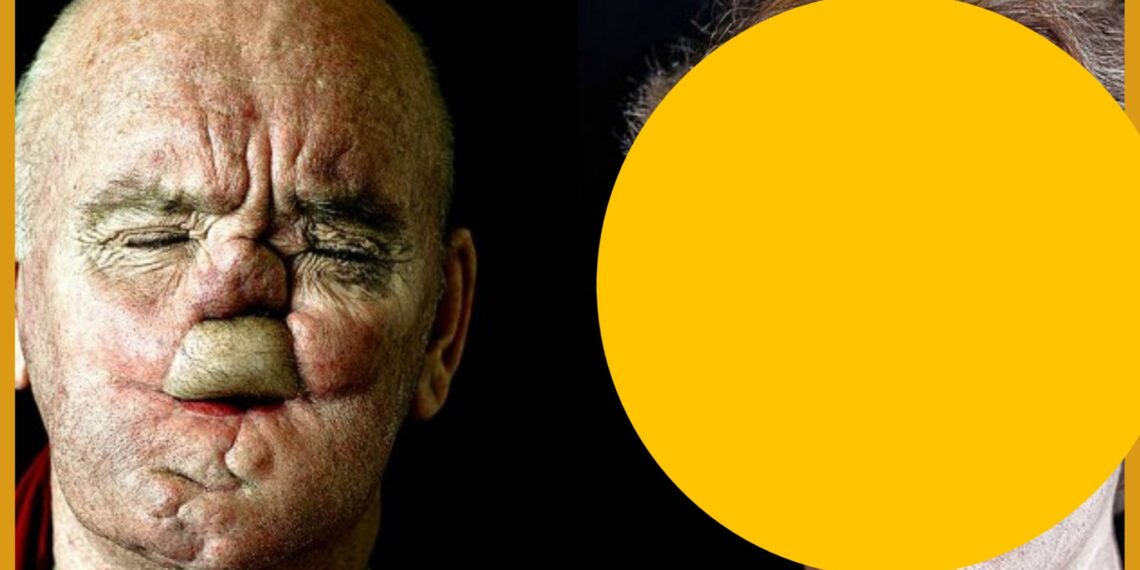Death is a universal fear—but have you ever imagined how much harder life becomes when one must also navigate the world with physical deformity or impairment? In a society obsessed with perfection, where beauty is narrowly defined and anything outside the norm is often ignored or even shunned, French photographer Cyril Crepin dares to focus her lens on what many would turn away from.
In her deeply moving photo series titled “Disfiguration Portraits,” Crepin documents the lives of individuals who have undergone or are in the process of facial reconstruction surgery. These are people whose faces have been significantly altered—by accident, illness, or congenital conditions—and whose daily existence is shaped not only by their physical challenges but by the cruelty of societal judgment.
Crepin’s portraits are raw and unfiltered. At times, they are difficult to look at, not because of the disfigurements themselves, but because they reflect a truth many prefer to ignore: our collective discomfort with anything that disrupts the illusion of perfect beauty. And yet, it is this very discomfort that gives her work power. These images are not meant to shock, but to stir compassion, self-reflection, and a broader understanding of what it means to be human.

“I started this as a fine art project,” Crepin explains, “to show the world the beauty that exists in ordinary, wounded, or reconstructed faces. I want to shift the way people define beauty.” In today’s world, she notes, the standard of attractiveness has become disturbingly homogenized. Sculpted, airbrushed, and surgically enhanced faces flood our screens. “All these ‘hyper-lifted’ faces look the same,” she adds. “But the real stories, the real faces—that’s where true beauty lies.”
Most individuals with facial disfigurements avoid the spotlight. They lead lives of quiet isolation, often denied social interactions due to the insensitive stares and cruel remarks from so-called “normal” people. One model in Crepin’s series, who has since become a close friend, shared a heartbreaking moment. While walking down the street, a stranger confronted him and said, “How can you stay like this? Look at you! If I were you, I’d put a bullet in my brain.” This horrific statement wasn’t fiction. It was reality. And for many like him, such interactions are disturbingly common.
Crepin doesn’t just take pictures. She invites us to look—truly look—beyond the scars, the asymmetry, the perceived “flaws.” In doing so, she asks a vital question: Can you find beauty here? Can you see the person before you, not just the difference?
Her work is not only an artistic expression but a call to empathy. In a culture so quick to idolize perfection and discard what doesn’t fit, Crepin reminds us of our fragility, our biases, and ultimately, our shared humanity.

Source: https://iq23.ru/2023/06/20/photographs-are-taken-of-individuals-going-through-the-process-of-facial-reconstruction-to-create-a-series-of-compelling-images/

